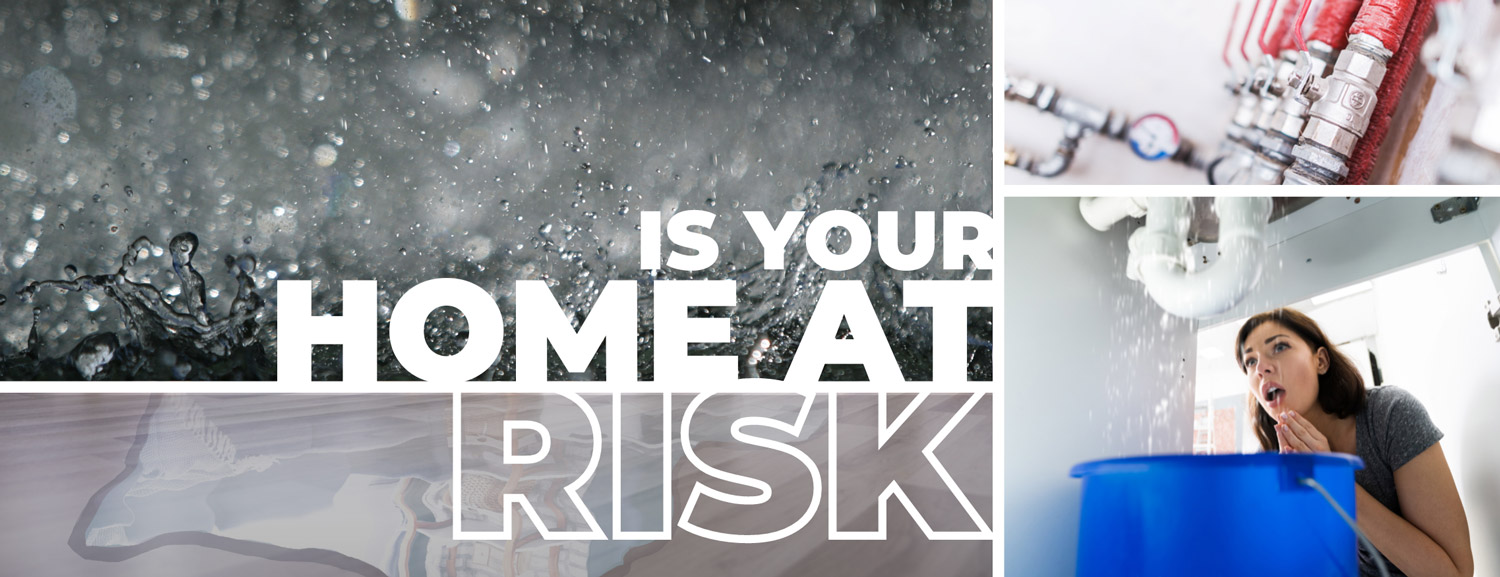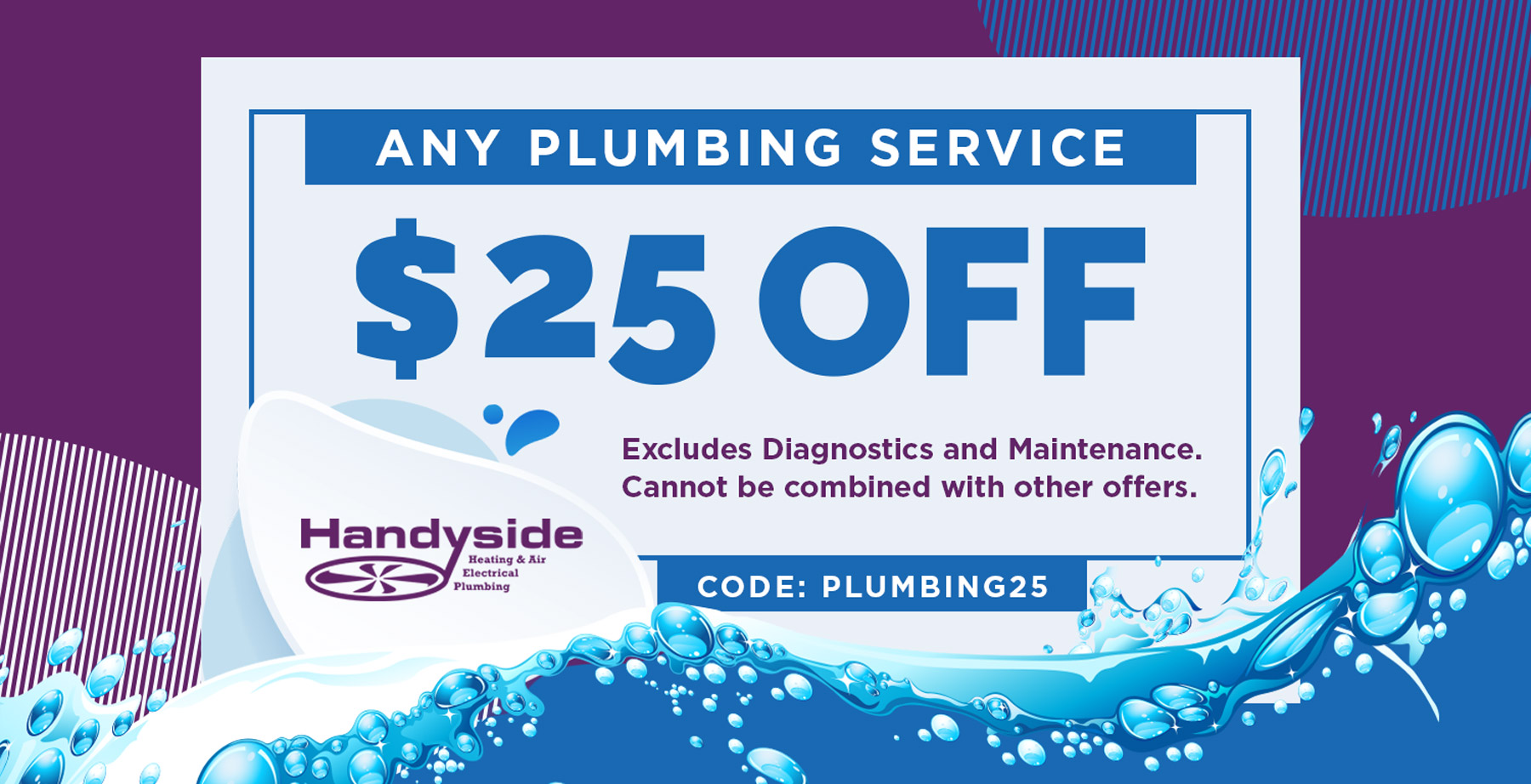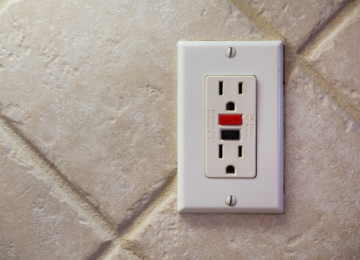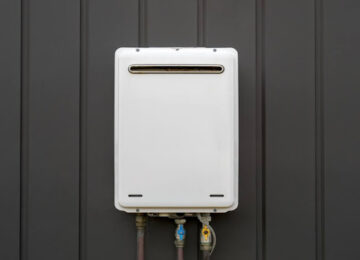A backwater valve is a device designed to prevent water from flowing backward into your home or commercial property. This backward flow can occur after heavy rainfall when sewer systems become overwhelmed. Without a backwater valve, there’s a risk that wastewater could flow back into your drains or even into your home, leading to significant damage.
 When You Might Need It
When You Might Need It
Homeowners or commercial property owners whose properties are less than a foot above street level are most at risk. The National Plumbing Code mandates the installation of backwater valves if fixtures are located below an adjoining street, making them more susceptible to backflow.
In some areas, it may be legally required to have a backwater valve installed. You can verify this with a quick online search or by contacting your local municipal authority.
Installation
Before purchasing a property, it’s advisable to check whether a backwater valve is already installed. If you’re building a new property, you can have a valve installed at a relatively low cost. However, it’s also possible to install a valve in an older building. While retrofitting can be more expensive, it is a worthwhile investment to protect your home or commercial property.
In some cases, you may be eligible for a rebate, so it’s worth checking if this is available in your area. Additionally, installing a backwater valve can be a good long-term investment, as properties at risk of flooding may be less attractive to potential buyers.

How They Work
The valve consists of a small flap that allows water to flow away from your home and ventilates sewer gases. It has flotation devices on either side of the flap, which are designed to lift and close as needed to prevent water or sewage from flowing back into the house.
Retrofitting
If you need to retrofit a valve, you must ensure you have the correct permissions, which can vary depending on your local area. This process involves a contractor cutting a small hole in the concrete floor, accessing the main sewer line, and replacing a portion with a new valve. Once installed, the cover must remain accessible for any future servicing needs.
It’s crucial to hire an experienced plumber, like Handyside, for this work. If the valve is not positioned correctly or improperly installed, there is a significant risk of sewage backing up into your home, which can cause serious damage and pose health risks. Installing the valve helps protect your home from flooding and water damage, offering greater long-term peace of mind.
![Do You Need A Backwater Valve? A backwater valve is a device designed to prevent water from flowing backward into your home or commercial property. This backward flow can occur after heavy rainfall when sewer systems become overwhelmed. Without a backwater valve, there’s a risk that wastewater could flow back into your drains or even into your home, leading to significant […]](https://handysideinc.com/wp-content/uploads/2024/08/Do-You-Need-A-Backwater-Valve-750x420.jpg)



